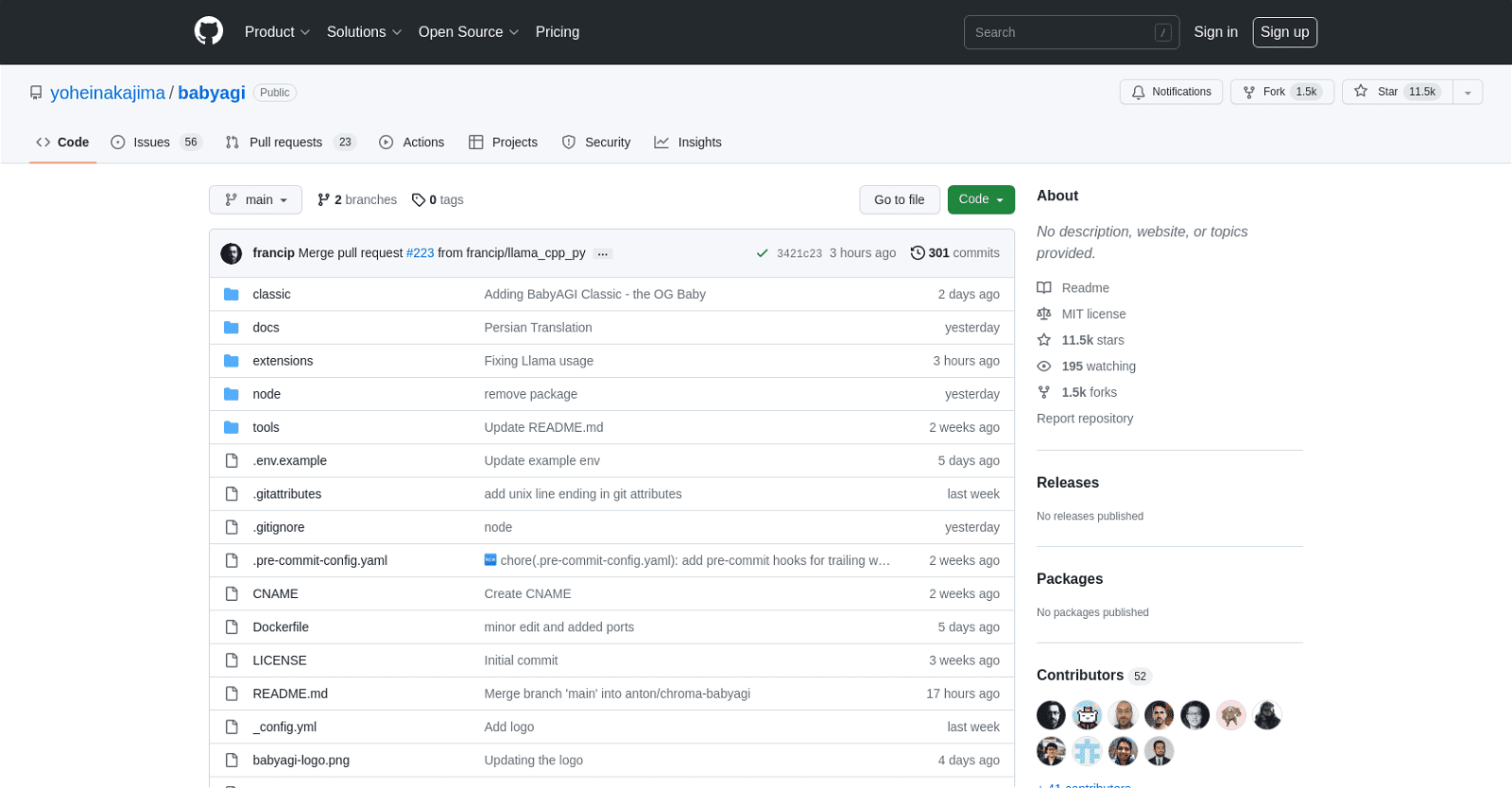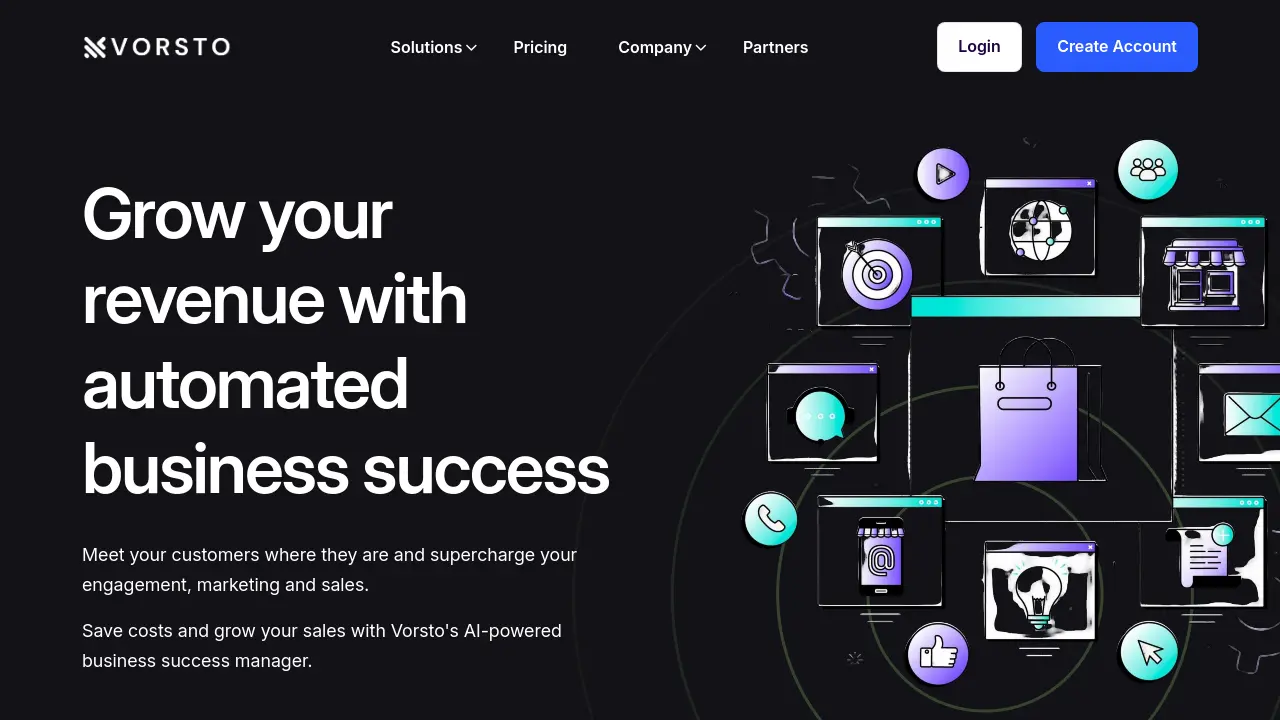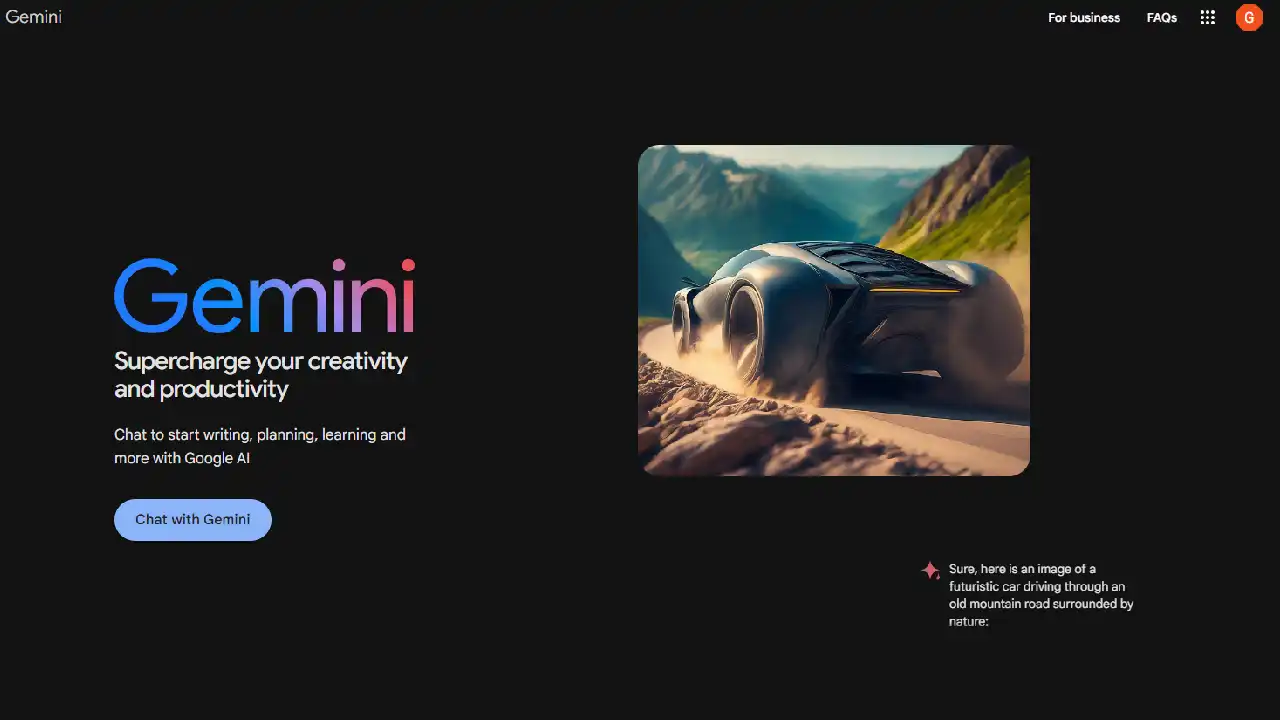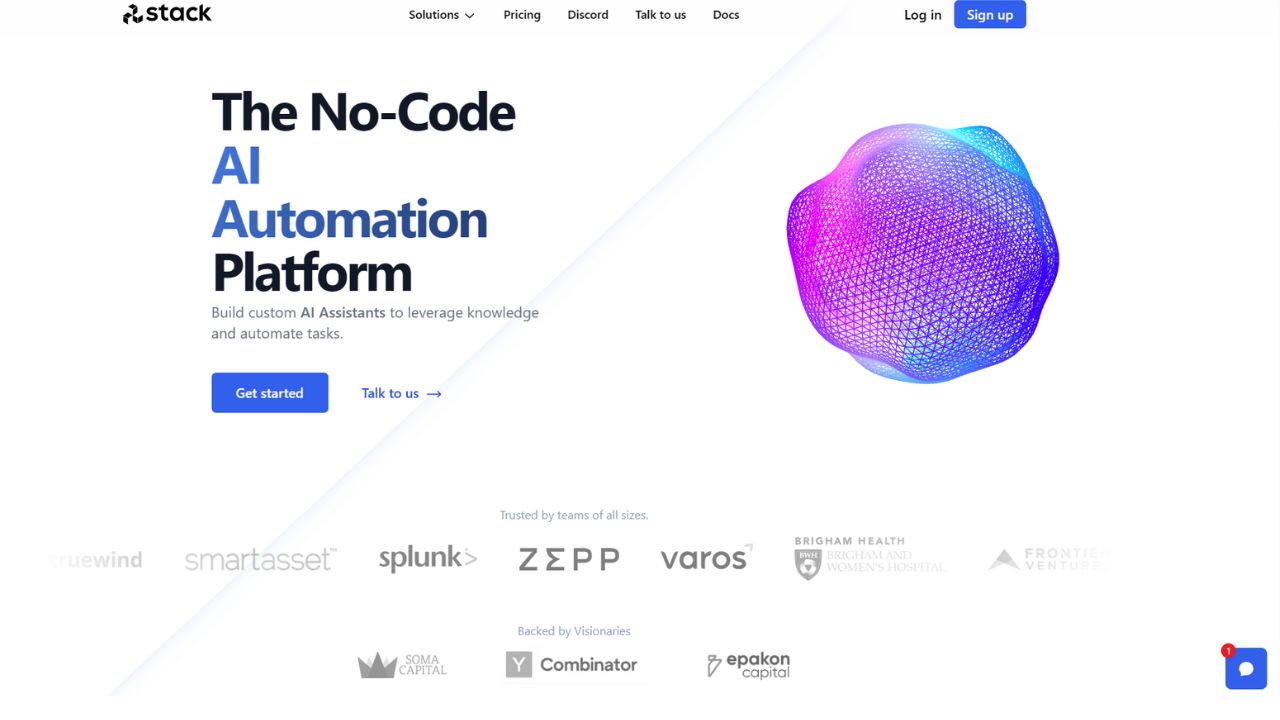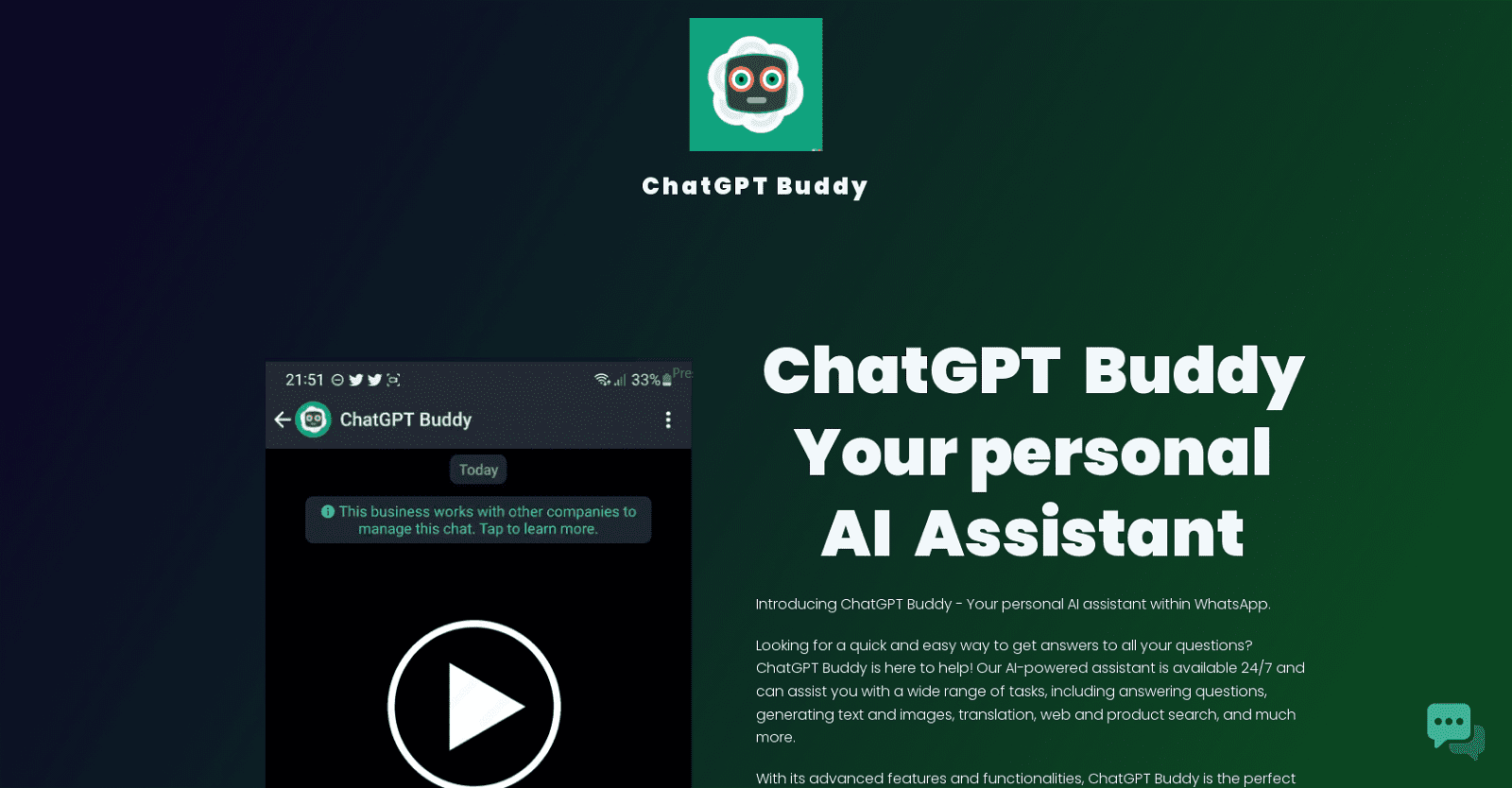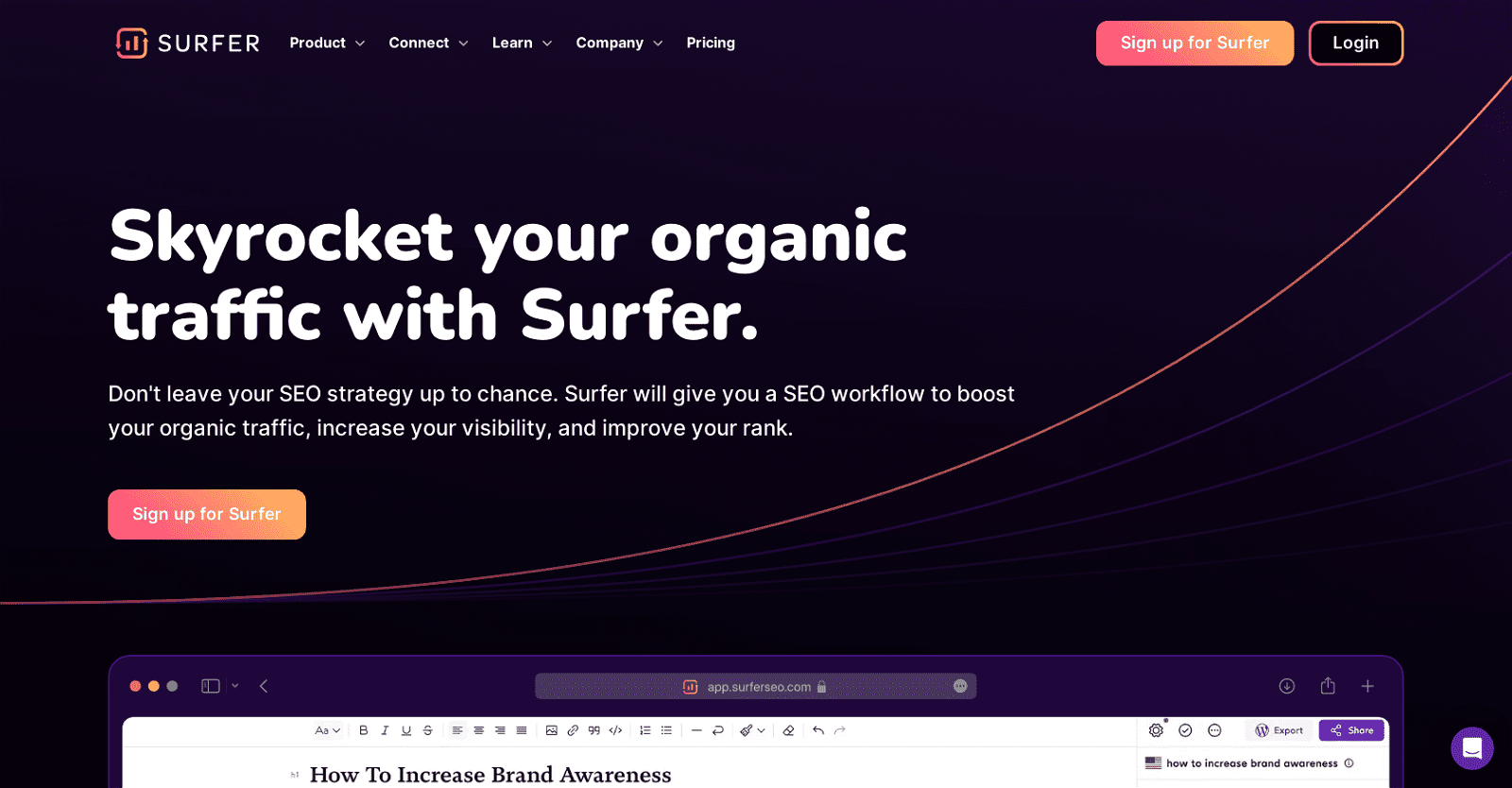The GitHub repository yoheinakajima babyagi is a project for developing AI tools. It offers functionalities for automating workflows, hosting and managing packages, finding and fixing vulnerabilities, writing better code with AI, managing code changes, planning and tracking work, and collaborating on issues and discussions outside of code.
The project has been developed by yoheinakajima and is available to be contributed to by users that have created an account on GitHub. The project has a public license, allowing users to freely use, modify, and distribute its code for non-commercial and commercial purposes.
Additionally, the repository has been used as a case study by GitHub to showcase its features, such as CI/CD and automation, DevOps, and DevSecOps. The repository has also received over 11.5k stars and 1.5k forks from other GitHub users, indicating its popularity and potential usefulness for developers interested in AI.
More details about Baby AGI
Can I use Baby AGI for commercial purposes?
Yes, Baby AGI can be used for commercial purposes. The project comes with a public license that allows users to freely use, modify, and distribute its code for both non-commercial and commercial purposes.
How does Baby AGI optimize workflow and automate code development?
Baby AGI optimizes workflow and automates code development through its AI-powered task management system. This system uses OpenAI and Chroma to create, prioritize, and execute tasks.
How does Baby AGI assist in writing better code with AI?
Baby AGI assists in writing better code through artificial intelligence by creating tasks based on the outcome of previous tasks and a predefined objective. It uses OpenAI’s natural language processing capabilities to create new tasks and enriches the result and stores it in Chroma for context.
What are the various tools provided by Baby AGI for AI development?
The Baby AGI project provides various tools for AI development. These entail the BabyAGI Classic and several extensions designed to enhance AI models. Additionally, the project’s commit history suggests the contribution of tools aimed at improving AI models.
